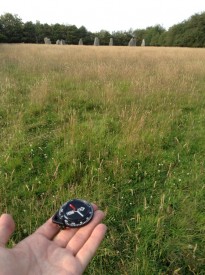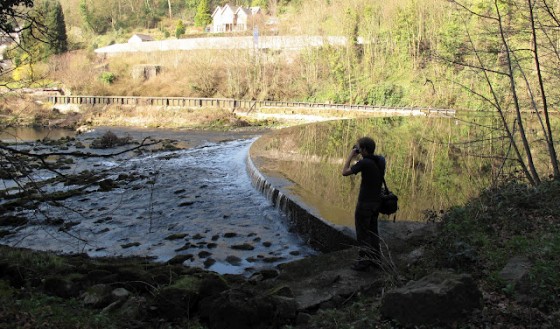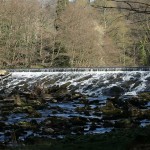Well, it’s all very real now. For six weeks I’ve been documenting my non-continuous prep period on a feature film adaptation of a well-known Shakespeare play. It won’t be announced to the press until it is close to release, so I still can’t share the title or any other identifying details. I’ll go so far as to say that it’s being shot in a theatre (though not all on stage), and the director is from a theatre background
On Monday I checked into the hotel and began the first of two full-time prep weeks. Unusually, these two weeks are filled with rehearsals. I may, once or twice, have worked on a film that had perhaps a single day of rehearsals. Two weeks is unheard of, but of course it’s perfectly normal in theatre.
The strange thing for me is that just when a scene is taking shape – the point where I’d normally get involved, when the blocking is nearly final and it’s time to think about shots – we move on to the next one. The last bit of the rehearsals will be done, as normal, on the day of shooting.
As the actors explore the spaces, I do too. Some of them have changed quite dramatically, thanks to the efforts of the art department, since I last reccied them. It’s an unprecented opportunity for me to check many potential camera angles. Before we move on from a scene, I run around frantically with Artemis, trying to take enough shots to make a storyboard. A large part of today (it’s Saturday as I write this) has been taken up with selecting the best shots, scribbling annotations on them and outputting them as PDFs into a Google Drive folder where the director, 1st AD, 1st AC, production designer and others can see them.
During quieter moments, I’ve slipped off to discuss things with the production designer or the stage lighting designer, or just to sit in one of the spaces by myself and think through shots and lighting.
On Friday afternoon a tech recce took place, which I led because the director was still busy rehearsing. This was followed by a Zoom meeting to discuss issues arising.
Less fun but equally important things last week were completing a camera department risk assessment, and taking Covid tests, which leave you feeling like you jumped into a swimming pool without pinching your nose.































